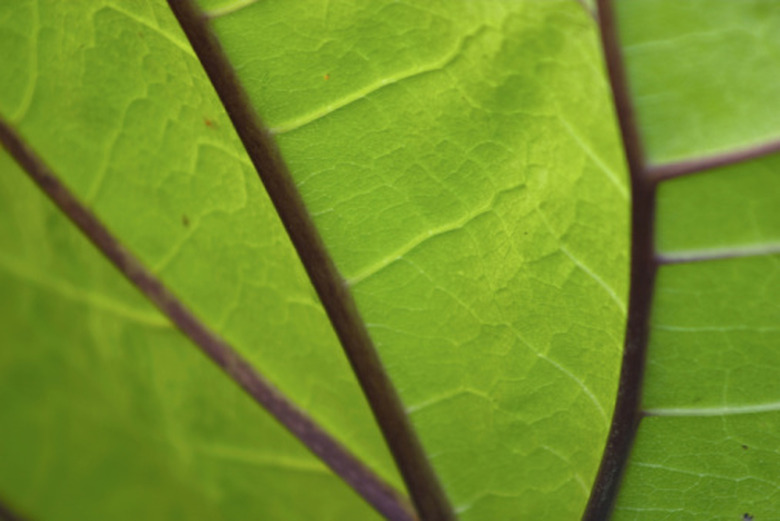Why Don't All Plant Cells Contain Chloroplasts?
Chloroplasts are important cell structures that give vegetation its distinctive green coloring. They are responsible for absorbing energy to feed the plant and power its growth. They are not present in all plant cells.
What Are Chloroplasts?
What Are Chloroplasts?
The chloroplasts are specialized organelles that perform photosynthesis. Photosynthesis is the process of capturing light energy from the sun and converting it into chemical energy. Light is captured in small pancake-shaped discs called thylakoids, which contain chlorophyll, the green pigment. It is then converted into starches for storage in the roots.
Where Are Chloroplasts Found?
Where Are Chloroplasts Found?
Chloroplasts are only found in the parts of the plant that are capable of photosynthesis. The majority of chloroplasts are found in the leaves of the plant because these structures have the greatest surface area for absorption. The outer part of a plant stem may also contain chloroplasts.
What Cells Lack Chloroplasts?
What Cells Lack Chloroplasts?
The inner stem cells and underground organs, such as the root system or bulb, contain no chloroplasts. Because no sunlight reaches these areas, chloroplasts would be useless. Fruit and flower cells typically do not contain chloroplasts because their primary jobs are reproduction and dispersal.
Cite This Article
MLA
Love, Dandy. "Why Don't All Plant Cells Contain Chloroplasts?" sciencing.com, https://www.sciencing.com/why-dont-all-plant-cells-contain-chloroplasts-13428237/. 21 July 2017.
APA
Love, Dandy. (2017, July 21). Why Don't All Plant Cells Contain Chloroplasts?. sciencing.com. Retrieved from https://www.sciencing.com/why-dont-all-plant-cells-contain-chloroplasts-13428237/
Chicago
Love, Dandy. Why Don't All Plant Cells Contain Chloroplasts? last modified March 24, 2022. https://www.sciencing.com/why-dont-all-plant-cells-contain-chloroplasts-13428237/
